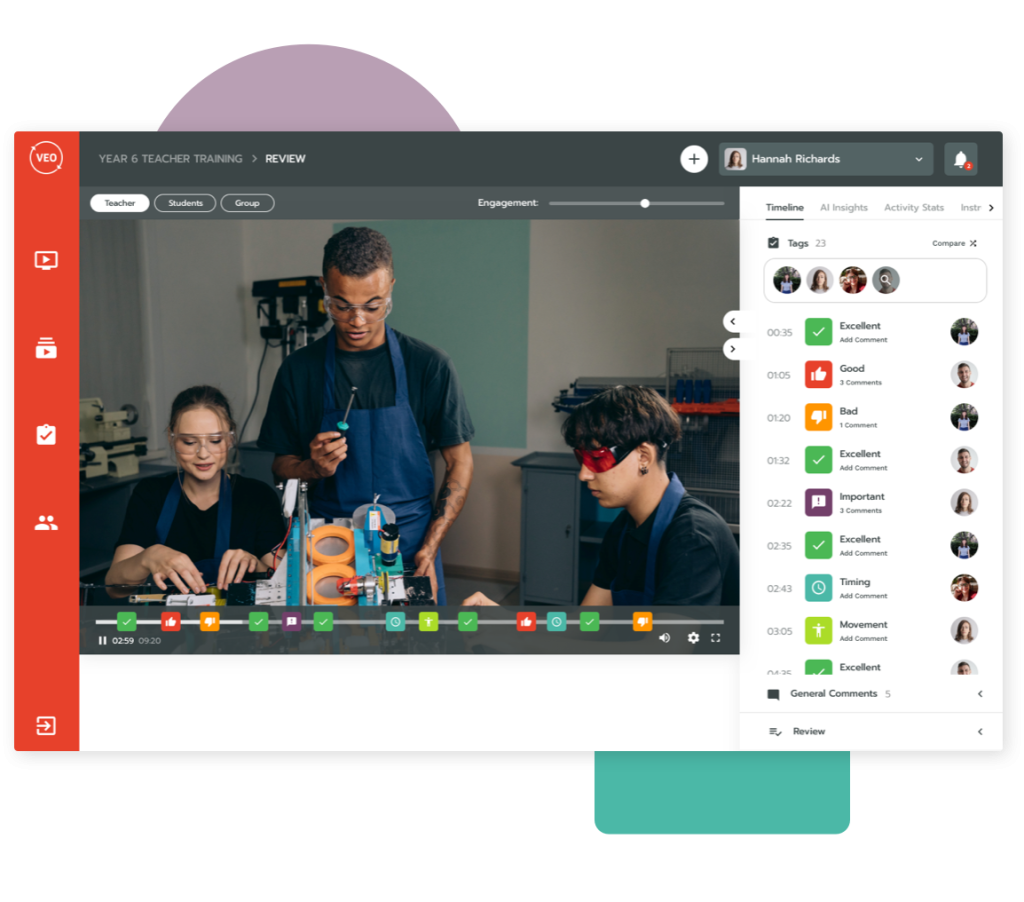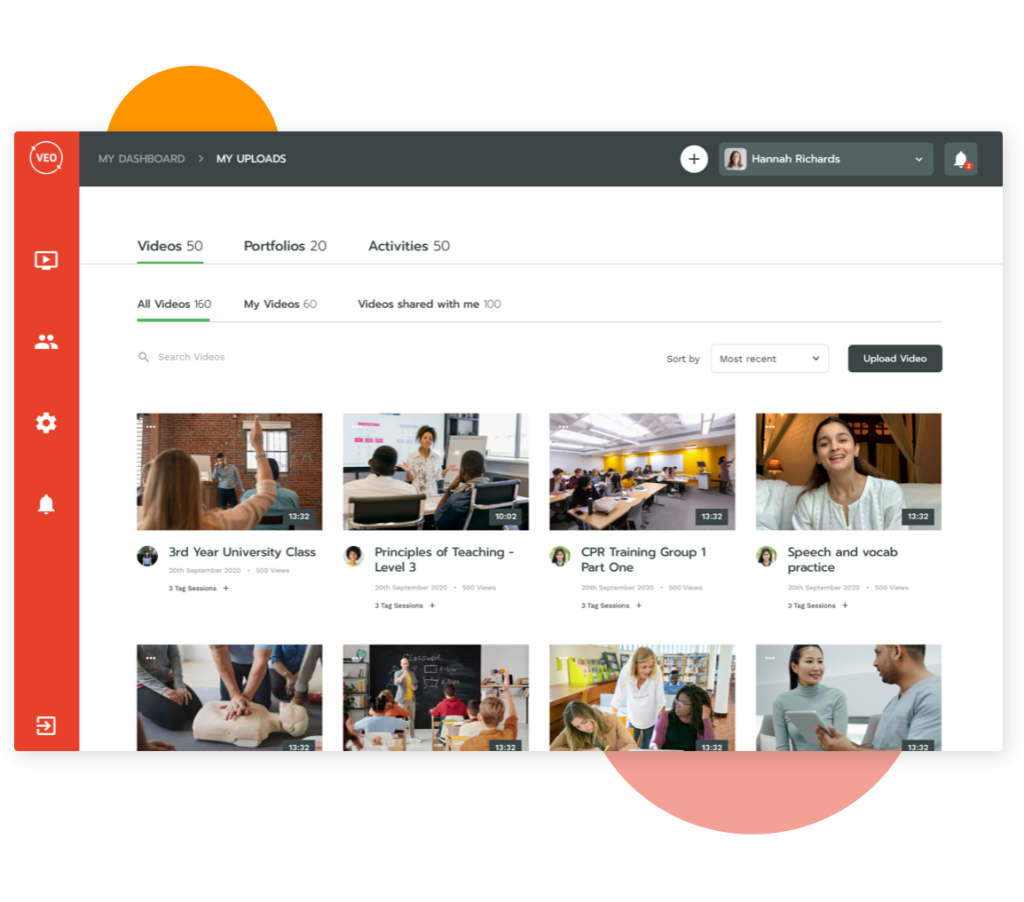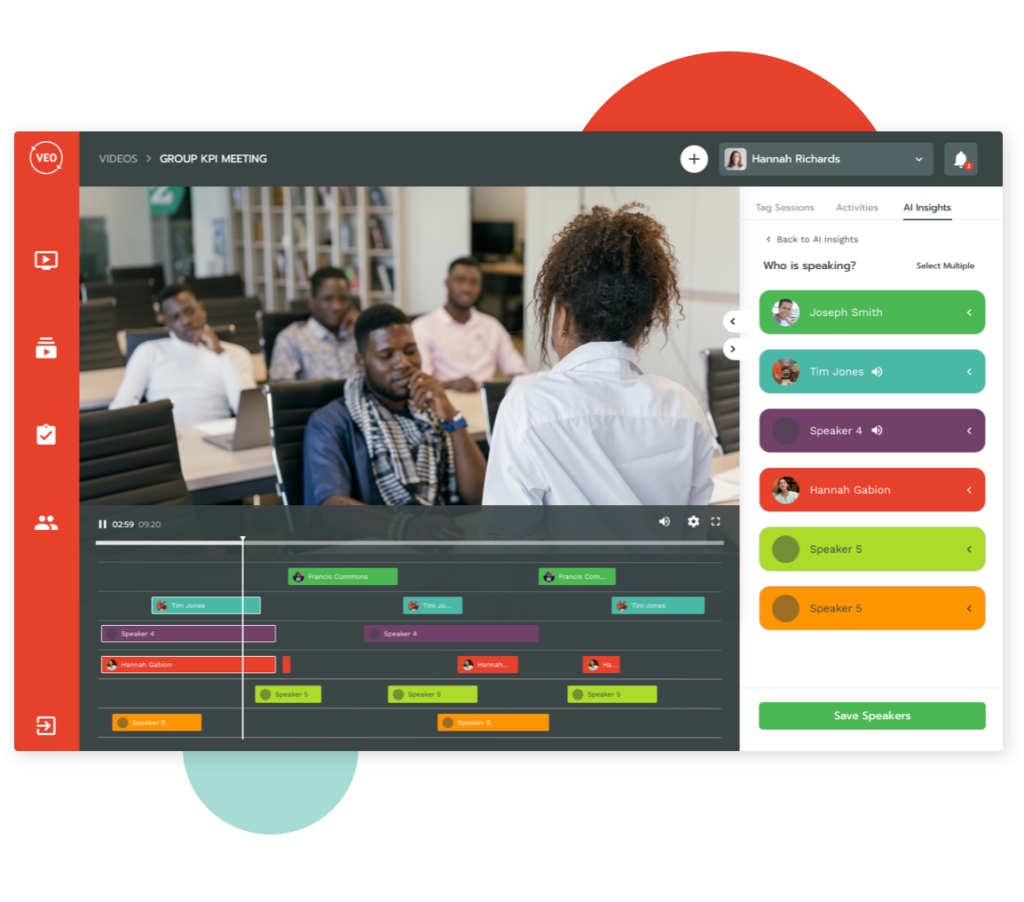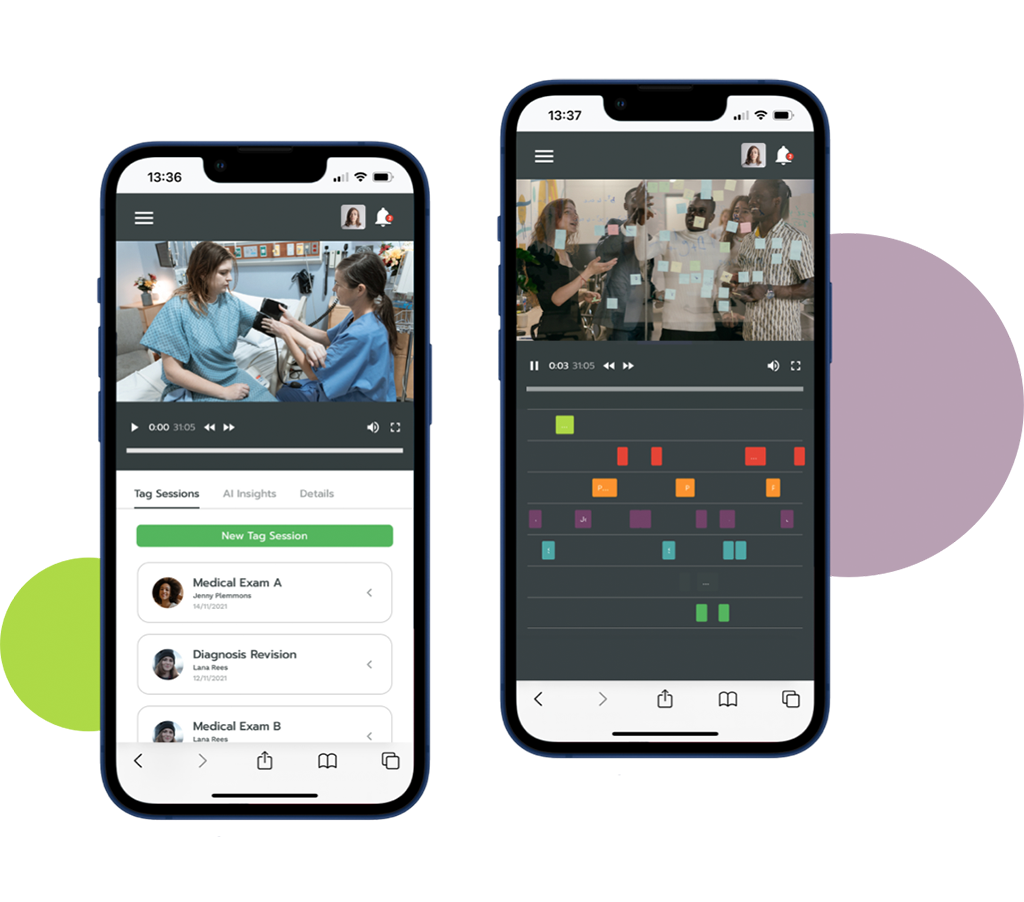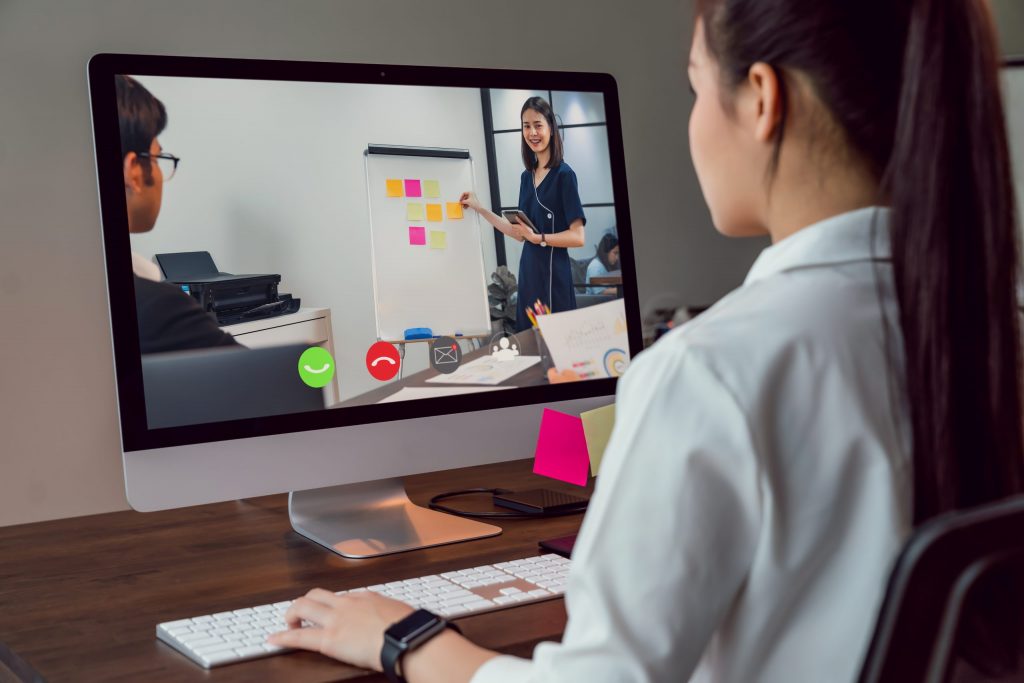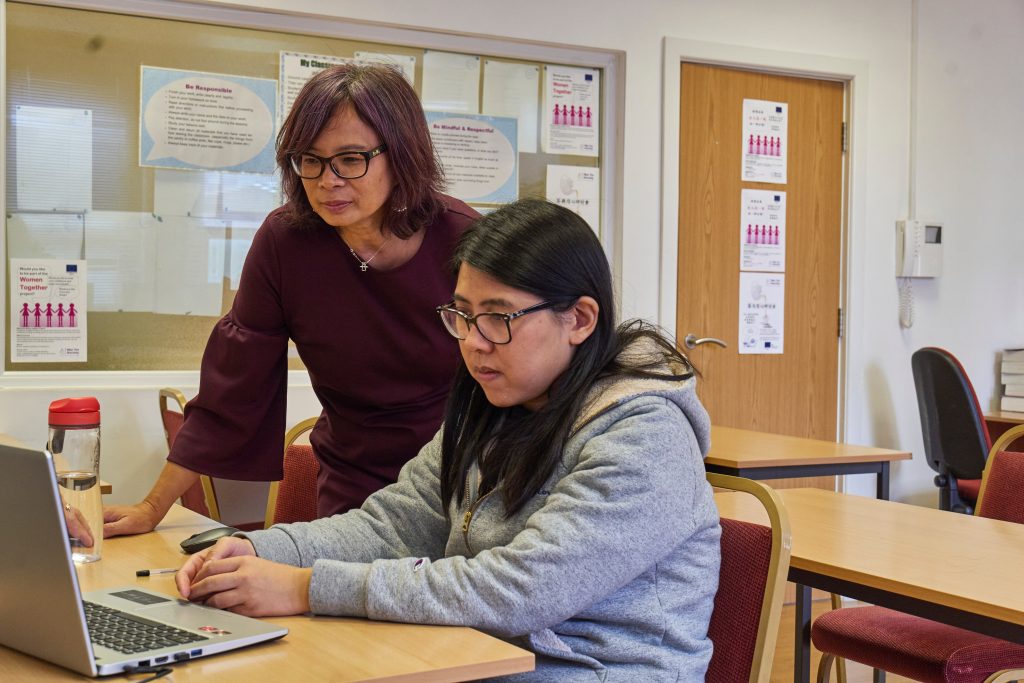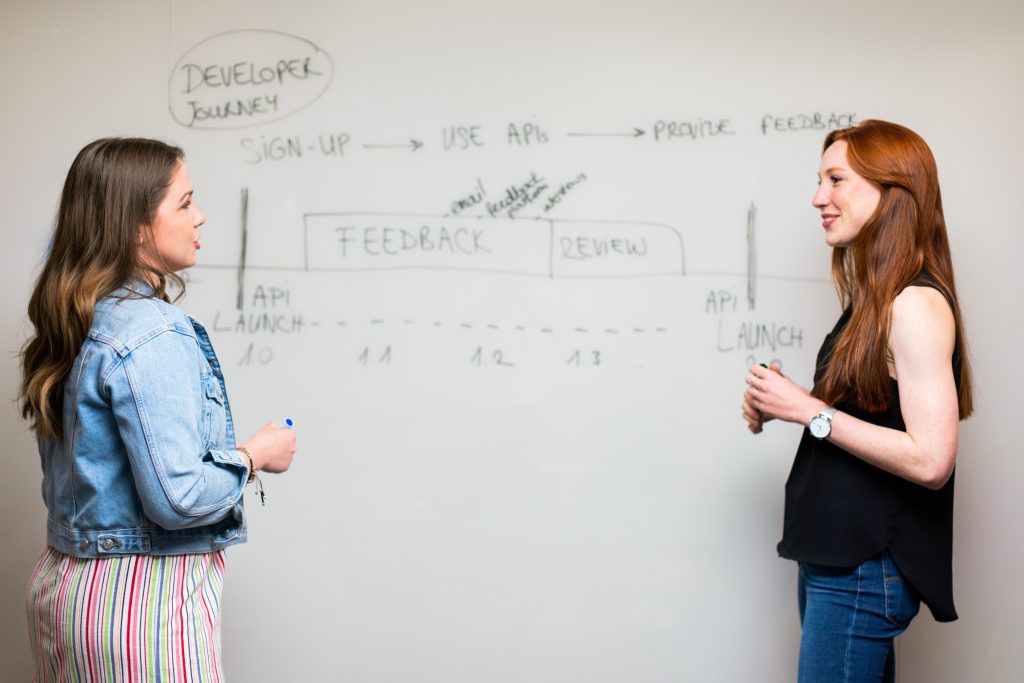Video training brings a whole host of benefits for organisations looking to train staff in new and innovative ways.
Video training brings a whole host of benefits for organisations looking to train staff in new and innovative ways.
Return on investment is excellent through video training. So if you’re making the business case for adopting a new approach, here are some key facts for you to go equipped with.
How does video training give a good return on investment?
Reduced expenses
According to Business2Community, 85% of every dollar spent on training goes on delivering it. So with in-person training programmes, you tend to spend more on the instructor’s time and expenses than you do on the training itself.
In person training certainly has its benefits and a blended approach often works well, especially for more practical training.
But when you choose to replace all or parts of your staff training with online video training instead, the trainer’s expenses are massively reduced. In theory this should mean less expense is passed on to your business.
Using video also means your business may not need to hire a trainer for every training session. If you have specialists in-house, you could record good practice as it naturally occurs within your organisation to demonstrate what your trainees should aim to achieve. This could form a powerful part of the training as colleagues can learn skills from within the organisation rather than an external body.
The quality of the training is always a top priority. Video training allows you to retain this quality. There are many ways you can deliver video training, VEO being one of them. Just be sure to do your research to understand which suits your organisation best.
Less time wasted
As well as saving money, using video for training saves time. And as we all know, time is money! Besides, saving time is a huge bonus for your employees too.
Video allows your people to go at their own pace and enjoy flexibility. So if there’s a particularly busy day in the office they can pick up where they left off when things quieten down. Deadline-permitting, of course!
Plus, video enables you to be more efficient when sourcing or creating the content. You’re able to do it on your own terms, at your own pace and make it exactly how you want it. Not like with in-person training where you have to prepare the course and then deliver it at a set time.
Increased connectivity
Video means more people can be trained at once as it’s not confined to one space. There’s no need to physically be there, which is particularly useful if your company is spread across multiple sites. It means everyone can do their normal commute but still participate in the same training together.
And like traditional face-to-face training methods, video also allows for knowledge sharing and collaboration which helps the content to be digested and understood.
The better your employees understand their training, the bigger the positive impact will be. This will save money in the long run because it will have been more effective. And that means you’re less likely to have to spend time addressing issues or repeating any of the training.
Comment and forum features that come with video learning tools also open up the conversation to everyone, which isn’t always possible in more traditional training scenarios. With video, each person has an equal opportunity to input or ask questions, including those who might be too shy to speak up in a lecture scenario, for instance. The style of learning then becomes active, rather than passive.
Increased engagement and productivity
An active learning style, as well as learning through video, has been shown to increase engagement. And when your team are more engaged, they’re generally working harder and being more productive.
By using video, you get more out of your people by providing an interesting way of learning.
Blended training
In a post-COVID world, using video won’t just mean online training. Video can also be used to improve aspects of in-person training, making them more effective so you get more bang for your buck.
For instance, you can use video to record practical training sessions so trainees can go back and review what they did well and what they need to work on. This simple yet powerful technique makes it much easier for people to make improvements next time around.
Let’s take a look at this in practice
LV= General Insurance (LV=GI) provides insurance to over seven million customers in the UK. There are around 3500 people in the business, and VEO is being used across several departments to improve peoples’ leadership skills, competence and confidence.
The team use their own tag set to follow the International Coaching Federation competencies and ensure their leaders are trained in line with the global standard.
And since they’ve integrated VEO into their leadership development process, there’s no longer a need for the team to travel between LV= GI’s seven sites to observe colleagues, drastically reducing travel time and expenses.
Not to mention, leaders are progressing more quickly because they are recording their coaching sessions for observation as they happen, rather than having to wait for an observer to be on site.
To learn more about how LV= GI is using VEO, view the full case study here.
